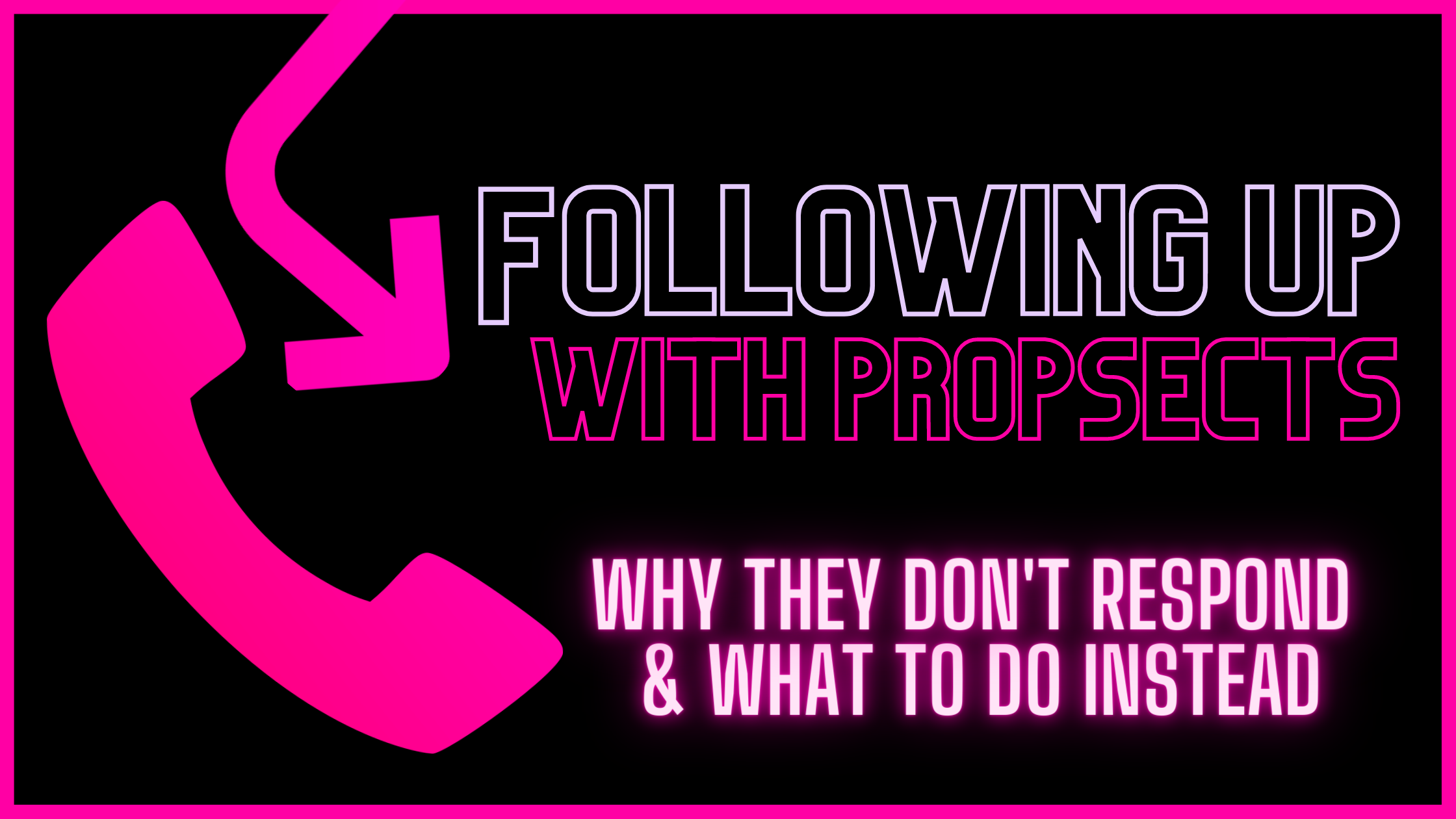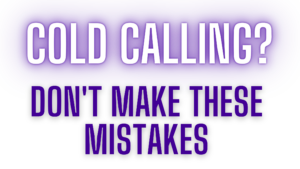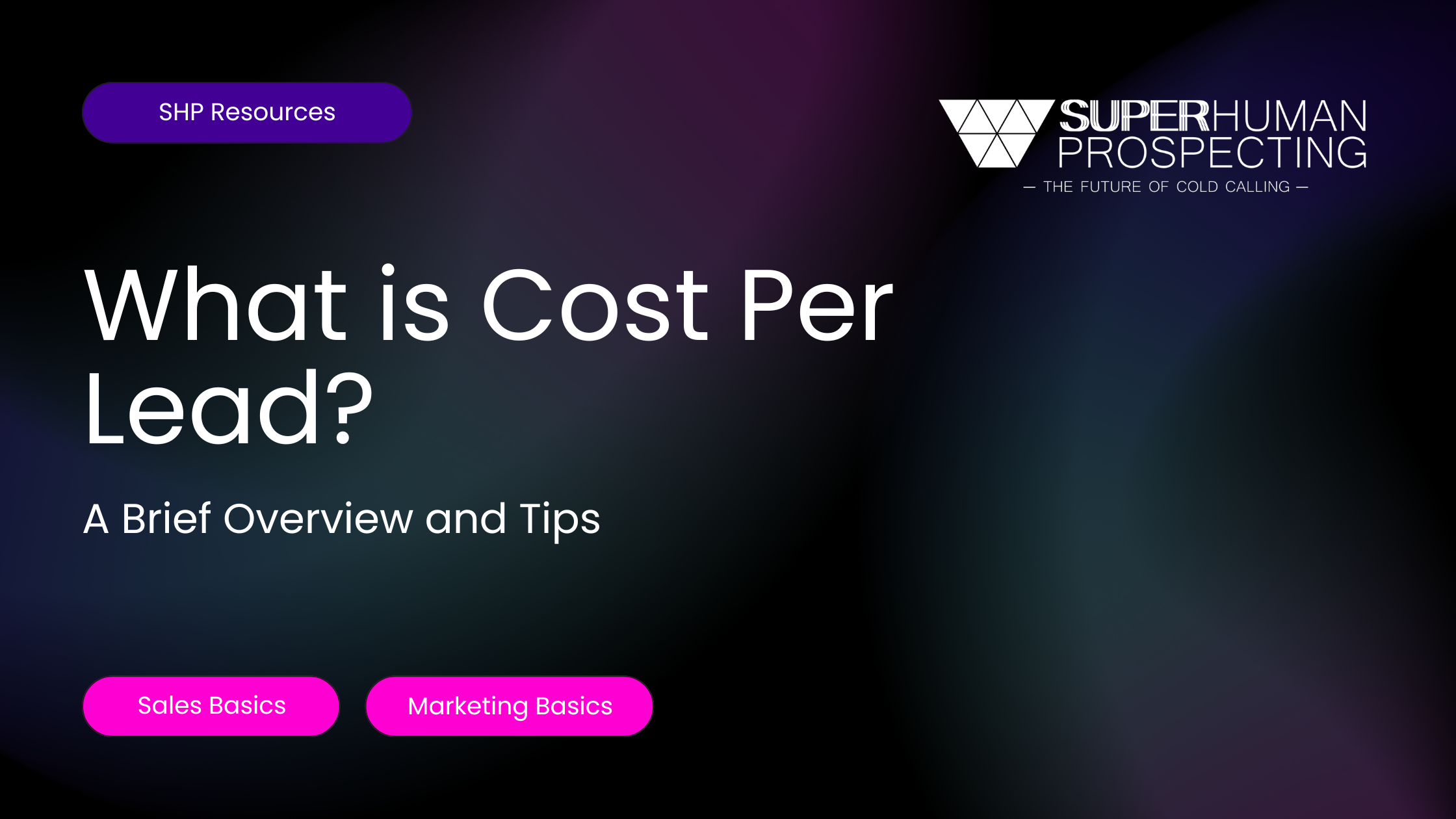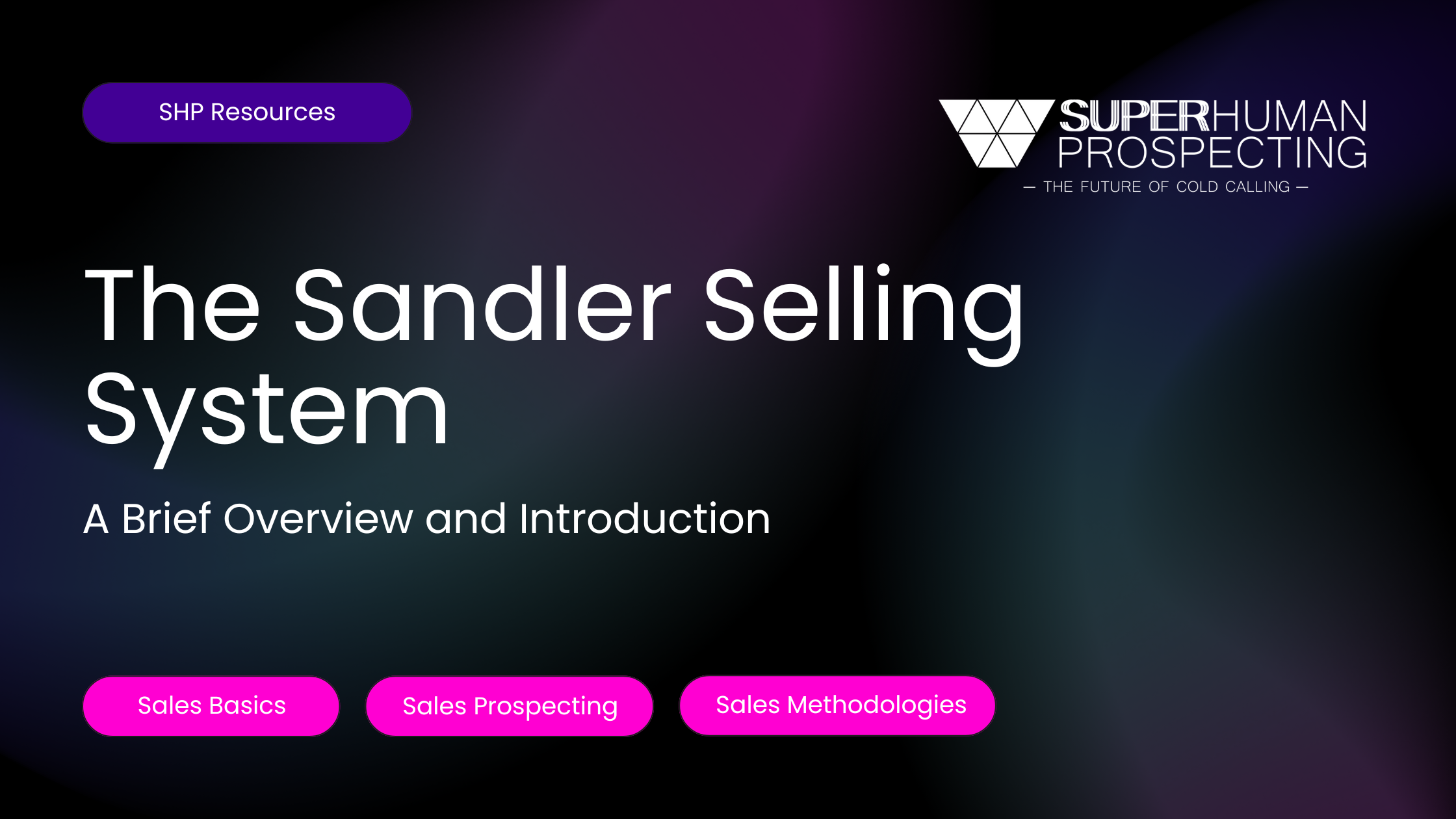A sales follow-up is the communication that happens after your initial pitch, it encourages the prospective customer to take the next defined step in your sales process. According to a study by Brevet, 80% of sales require an average of five follow-ups in order to close the deal. But only 44% of sales reps follow up – one time.
There’s no doubt that following up is important in sales. The more attempts you make, the more likely you are to get an answer. But you also can’t drive your prospects away by constantly “checking in” without providing them value. To drive higher revenue, you need to learn how to properly follow up with your prospects and learn why they aren’t responding. Chances are, it’s not just because they are busy.
Why Your Prospects Aren’t Responding
Before you follow up with your prospects, you first need to understand why they aren’t responding. Is it your contact information? Your target market? Your messaging?
Using and testing a variety of methods and messages can help you continuously improve your follow ups and overall prospecting strategy.
Wrong Target Market
If you are contacting your prospects for a follow up but they simply aren’t interested, you might want to reevaluate your ideal client profile and buyer personas. Be careful of being too broad with your definitions. There is a reason why your current prospecting list isn’t interested, so what are you missing? You must know exactly who and how your solution helps and benefits them or you won’t see many results. If you are having trouble with your target market, you need to go back to the basics of prospecting.
Start by asking:
- Who’s the buyer?
- Who’s the decision-maker?
- Who’s the user?
- What is the scope of my market (Geographically and Demographically)?
- Have there been any recent changes in the market/industry? New competitors?
Evaluating your ideal client profile, customers personas, and researching company positioning should be done consistently to stay ahead of the curve. Otherwise, you could have the right target market, but be providing the wrong value. Linkedin is a great place to research both tips for prospecting and your target market.
Bad Contact Data
The number one rule of prospecting is to make sure you are always using the most accurate and up-to-date contact information. It is also one of the easiest problems to solve.
Purchasing bulk or cheap data often means receiving outdated lists with blacklist emails and bad quality prospects inside. They also give you less leverage with fewer ways to contact those prospects, since most emails bought this way have a higher bounce rate. While cheap, they lower the overall effectiveness of your campaigns and can damage the health of your domain if you choose to follow up through email. So, if you aren’t able to reach your prospect or their company at all, you may need to get your data from a better source.
Lead generation experts can help provide you with data enrichment or cleansing to clean your current lists or build custom prospecting lists with multiple contact points. Be sure to partner with a reputable company that follows outbound compliance guidelines.
Underperforming Sales Messaging
According to Mailchimp, “Recipients are 75% more likely to click on emails from segmented campaigns than non-segmented campaigns.” So, if you didn’t segment your prospecting market correctly, then you will probably have different target profiles in your prospects list. This will lead to impersonalized messages that focus on the wrong issues or subjects, which can hurt your reply rate. Think about their challenges and how they align with your product or service, then focus on that particular outcome the prospect will receive. Their value is in the benefits. Make sure you are sending the most personalized messages to your prospects, or there will be a definite lack of interest.
In addition to these issues, there are several other reasons why your prospect might not respond to your follow up. Maybe they lost their budget or went with a competitor. No matter what the circumstance, follow up messages can either deter them or help your chances of working with them in the future.
Proactive communication always works best for a follow up. If you know you can negotiate, say that. If you have a specific ask, say that. Try changing up your introduction or one small piece of your messages at once to see if your reply rate increases or decreases.
How to Properly Follow Up with Prospects
Most follow-up emails or calls aren’t successful because they sound like a broken sales pitch. Your sales follow-ups require some creativity or a hook that makes it stand out from the rest of your competition.
Decide Which Form of Communication is Best
Are you going to choose phone, email, or social media? All three have their specific pros and cons. As a sales representative, you should know your prospect and what form of communication they would most likely prefer.
- Phone – The phone is the easiest way to directly reach and communicate with your prospect. Over the phone, you may be able to get a better understanding of how your prospect really feels about your product or service by listening to their tone of voice and the language they use. Using the phone can also help you build trust faster and create better business relationships. Here you also have the chance to leave a voicemail.
- Email- According to GlobalNewswire, since the start of the pandemic and the shift to remote work, the volume of email grew 7%, with the highest increases reported in March and July of 2020. Since then, almost 320 million emails have been sent every second. If you’re sending follow up emails, you need to make sure you aren’t getting lost in their inbox or Spam folder.
- Social Media- The most informal way to follow up with your prospect would be through social media, but it does work in some cases. With Linkedin for example, you can provide your prospect value through your connections and content. If you left them a voicemail or spoke with them previously, chances are they will recall your name and accept. Connect, but do not pitch them in a direct message.
No matter which combination of channels you use, make sure to set a follow up sequence and follow that schedule. Are you reaching more prospects through one method over another? Knowing your success rate will help you make small improvements on your processes moving forward.
Evaluate The Value of Your Follow Up
If you aren’t providing new and valuable information to your prospect, they most likely won’t respond to your follow up messages, no matter which forms of communication you choose. If you want your prospects to engage in the conversation you’re trying to have, you must tailor your message to meet their specific wants or needs.
First, focus on your prospect and their industry – how are you going to help them solve a problem or perform better in their role? Second, talk about their pain points that tie to your solution – tell the story of how it helps them save time, money, or how it relieves them from a certain task or process. Third, ask for something quick to complete, such as a short pre-scheduled call or a reference within their organization. Most people are happy to assist.
Mark Hunter, Founder of The Sales Hunter University, Following Up Masterclass, suggests following these 7 tips to improve your sales follow up conversations:
- Replay What they Say – Note topics from your first conversation to further your next conversation.
- Ask the right questions to keep the conversation going
- Build on their comments to add more value through insights or other ways of helping people
- Create scenarios because people remember stories. Share a story that can pique their interest and draw them in.
- Take risks – sometimes not making a decision is more of a risk than making the “wrong” one.
- Create urgency
- Have a clear call to action
“Following up with prospects is crucial to closing,” Mark says. “These are things the prospect likes to hear without straying too far from the goal of the call. Without a compelling follow-up, there can be no sales.”
We agree.
Don’t Follow Up With Prospects Too Often
If you follow up too often you run the risk of pushing your prospect away. If you haven’t received a response from your first phone and or email combination, don’t give up, but don’t push it. Try focusing on offering a solution to a different problem that your product or service solves for them, or switching up your sales messaging. Stay patient. For B2B sellers, multiple stakeholders get involved in the buying process, adding to longer lead times and more communications on purchasing decisions.
While there is no exact formula for spacing out your follow up conversations, most experts agree that once per week is a decent schedule unless otherwise agreed upon by the prospect. Send follow ups after your pitch, for reviewing pricing, any further stakeholder or decision-maker communications, and finally – closing their file if all communications have stalled over a period of time.
The schedule can differ based on your prospect’s location, the type of product or service you’re selling, or the season in which you call. Set reminders in your calendar so that you can always be prepared with your follow up messages and schedule. Be sure to stick to your sequence, otherwise, you run the risk of following up too much or too little.
Be Creative With Your Outreach
There are a lot of other sales professionals out there vying for your prospects’ attention. Don’t be afraid to be creative to stand out from the rest. Whether that’s using humor in your sales conversation over the phone or a personalized message in an email, when done correctly, it can have a great impact on your follow up results. Once again, knowing your prospect and their preferences will always help you make better decisions about what to say and do for the highest results in your sales conversations.
People do business with people they like or respect. Be creative, but also be yourself. This is important during the entire sales process, but especially during your follow-ups. By differentiating yourself in some manner, you’re doing something most businesses don’t bother with, and that sets you apart.
Focus on Customer Success
If you followed up and received a sale, the first thing you should do is send a thank you note. It shows they are more than just a payment and will appreciate the thought and effort it takes to put together a simple note. The second thing you should be doing is following up on any client onboarding processes that are necessary and scheduling milestone meetings to make sure expectations are being met. It is always important to keep the lines of communication open between you and your clients.
Pay attention to any feedback they give you, this will help improve your products, services, or processes. By listening to them, you are gathering valuable information that can help you generate more revenue or new solutions altogether.
Plus, happy clients tend to be loyal and more open to referrals and networking opportunities that can help you build better business relationships. They also are more likely to come back and buy more from you.








